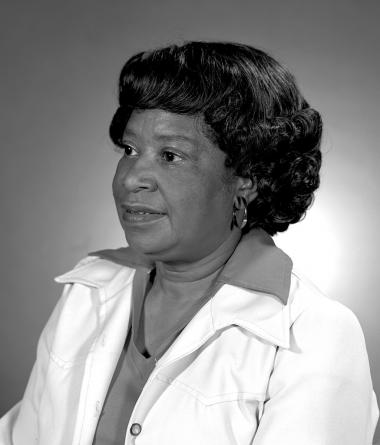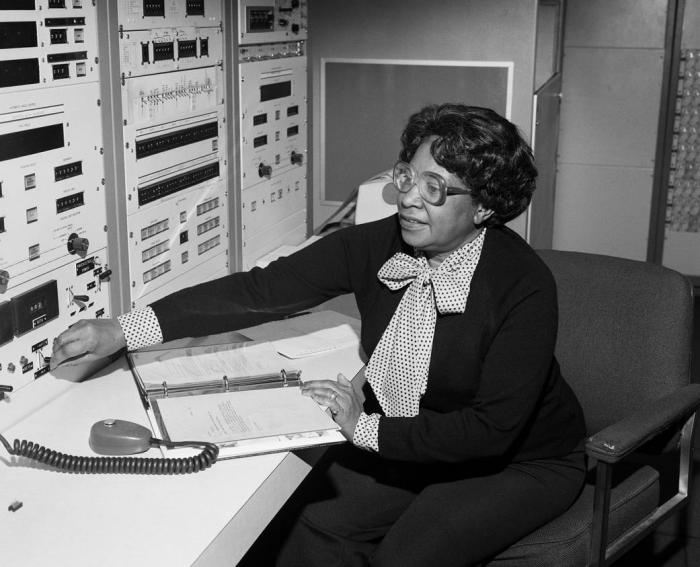
In 1958, Mary Winston Jackson (1921–2005) became the first black female aeronautical engineer at the National Aeronautics and Space Administration. She originally was hired in 1951 as a mathematician (dubbed a human computer) by the National Advisory Committee for Aeronautics (the predecessor organization to NASA) to work at the Langley Memorial Aeronautical Laboratory's West Area Computing section, which was a segregated part of NACA. Two years later, she received an offer to work with an engineer in a supersonic testing tunnel, where she conducted experiments and during which time she attended graduate school at night to study engineering.
Born Mary Winston in Hampton, Virginia, the future scientist graduated with honors from high school and, in 1942, earned bachelor degrees in mathematics and physical science from the Hampton Institute. She taught math at a black school in Calvert County, Maryland, and then worked in a variety of jobs before joining NACA. Because the state of Virginia enforced segregation in the workplace (in spite of President Franklin D. Roosevelt's Executive Order 8802, which prohibited discrimination in the defense industry), Mary soon tired of the separate but equal practices in the facility, including separate "white" and "colored" bathrooms and a lunchroom for whites only. She considered leaving her job, but a supervisor who had heard her complaints, asked her to work for him in an engineering environment in which she flourished. She became an expert working with wind tunnels and analyzing data on aircraft flight experiments. Outside work, in the 1970s, she helped children at a local community center build a wind tunnel for conducting experiments, explaining during a newspaper interview, "Sometimes [children] are not aware of the number of black scientists, and don't even know of the career opportunities until it is too late."
In 1978, Mary changed career paths again, becoming a human resources administrator. In that position, she helped other women and minority workers advance their careers, using her knowledge and expertise from serving as the Federal Women's Program Manager in the Office of Equal Opportunity Program and as the Affirmative Action Program Manager. Helping others succeed was not new to Mary. She had served in advisory roles for many organizations, including the Girl Scouts of America, and she was honored by many charitable organizations for her service. Mary retired from NASA in 1985 and died in 2005 in Hampton.
In 2016, the story of Mary and two of her NASA colleagues, Dorothy Vaughan and Katherine Johnson, appeared on the big screen in Hidden Figures, a film based on the book Hidden Figures: The American Dream and the Untold Story of the Black Women Mathematicians Who Helped Win the Space Race (2016) by Margot Lee Shetterly. Janelle Monae played the part of Mary Jackson in the film.
In 2017, when Mary was inducted posthumously into the Langley Research Center NACA and NASA Hall of Fame, these words honored her: "In honor and recognition of the ambition and motivation that enabled her career progression from human computer to NASA's first African-American female engineer, and subsequent career supporting the hiring and promotion of other deserving female and minority employees." In 2018, in Salt Lake City, Utah, the school board announced that it would change the name of Jackson Elementary School, originally named for President Andrew Jackson, to Mary W. Jackson Elementary School to honor the NASA engineer.
On February 26, 2021, NASA renamed the agency's headquarters building in Washington, D.C., the Mary W. Jackson building to honor the first African-American female engineer at NASA.




